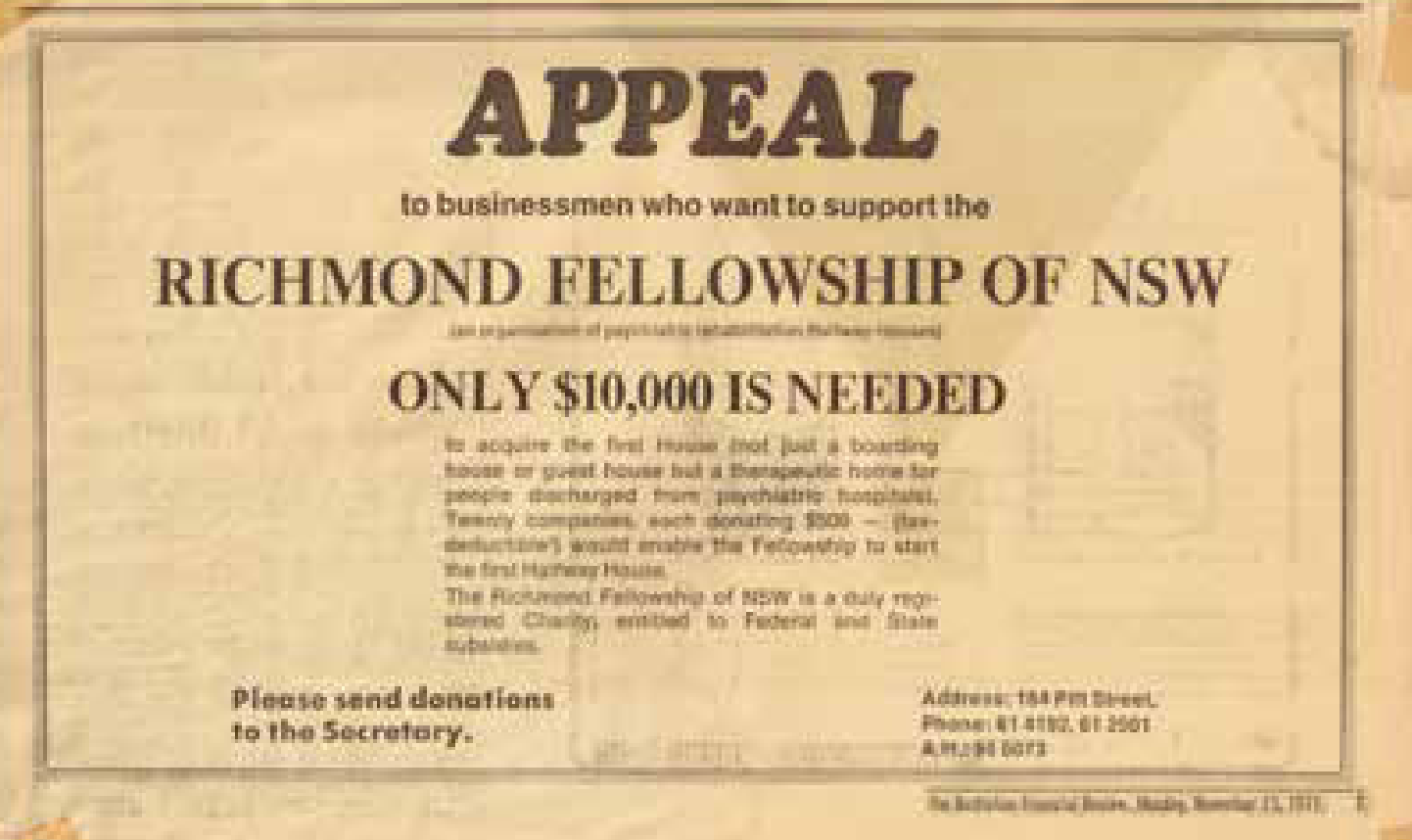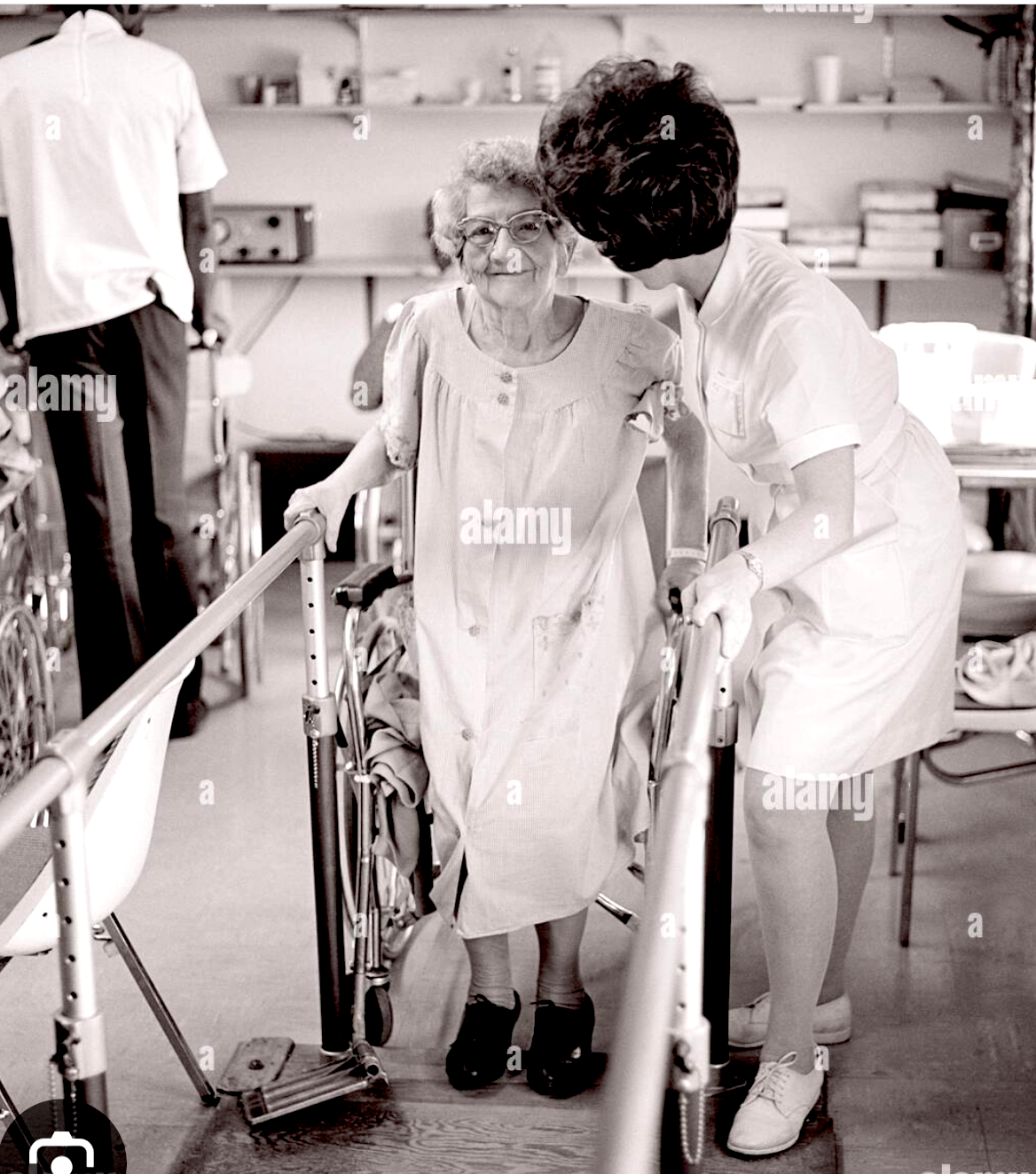
Times charged with activism and cultural expression stretched our thinking about what supported living looked like
In the 70s, as Sydney celebrated its first Mardi Gras, ushered in new cultural experiences with the opening of Sydney Opera House, and took action on Aboriginal Rights with the Land Fund Act, we broadened the scope of our service philosophy to include amenities and programs you’d expect of everyday community life.
The holistic drop-in centres we now run in small towns and urban villages everywhere were inspired by a visit to Fountain House in New York, where 350 members took pride in making meaningful contributions to in-house programs, group activities, clerical services and a restaurant!
A long-lasting legacy of our 20th anniversary, Buckingham House (pictured) was opened as a Fountain House style drop-in centre, minutes from Central Station, with free programs, reading rooms and bistro that opens out to a courtyard garden. 50+ years on, ‘Buckhouse’ is a much-loved hub of Sydney’s inner-city landscape.

1973 – The Richmond Fellowship arrives
Ever-increasing numbers of people in recovery and re-entry to the community had all eyes on what was happening in rehabilitation around the world. Following in the footsteps of UK-based Richmond Fellowship, we became a major provider of supported accommodation in 1973.
It was a winning year for mental wellbeing. Introduction of The NSW Mental Health Commission brought psychiatric hospitals, community health services and programs under the same body as public hospitals.
Our future vision for comprehensive and fully integrated programs and services responding to complex mental health needs was coming together quite organically.

1974 – Taking it to the streets!
The year NSW was regionalised into 33 Area Health Services, we ran 3 of 5 registered workshops based on our self-help recovery model and 3 pillars:
- Social Skills through our club networks,
- Work skills through our sheltered workshops
- Supported Accommodation through our hostel and group homes.
We reached out into the community as Mental Health Nursing, a vital link in treatment and care, became more community based. Better support within the community meant more patients could be discharged, giving rise to the Psychosocial Rehabilitation Services Association, for practitioners, organisations and agencies dedicated to community-oriented recovery resources and services